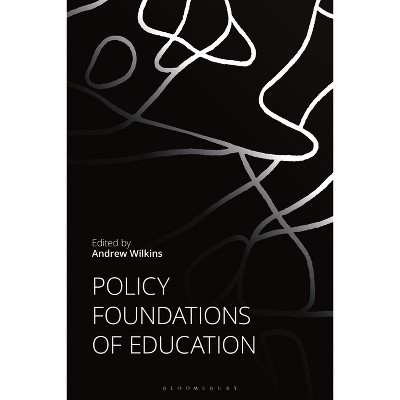U.S. Education is in Trouble, Let's Fix It! - by Richard W Garrett (Paperback)

About this item
Highlights
- The scope of this book is the reform of the U.S. public education system.
- About the Author: Richard W. Garrett PhD has been studying the U.S. public education system for 10 years and has concluded that major reforms are needed.
- 190 Pages
- Education, Educational Policy & Reform
Description
About the Book
The scope of this book is the reform of the U.S. public education system. The theme is to find those things that are blocking improvements and to recommend solutions.Book Synopsis
The scope of this book is the reform of the U.S. public education system. The theme is to find those things that are blocking improvements and to recommend solutions.
Review Quotes
In this research-laden analysis, Garrett methodically and intricately shares with readers what he does in fact know and why the existing situation is so dire -- and aims to offer solutions to fix it, as the title suggests....Anyone who cares about our youth and cares about our country should add this title to their must-read list.
Richard Garrett presents a blueprint of 22 workable pillars that might be able to hold up America's, top-heavy, and collapsing educational structure. These twenty-two pillars are reinforced by scholars, teachers, and common sense. Policymakers should read Garrett's blueprint, and enact his advice, before the collapse gets any worse.
Richard Garrett's proposals to reform public education are data-driven and supported by the testimony of public-school teachers, administrators, education scholars, and experts in the field. There is no doubt that the system needs reform in many ways. Garrett's book exposes the root causes of its failures and provides 22 workable solutions.
About the Author
Richard W. Garrett PhD has been studying the U.S. public education system for 10 years and has concluded that major reforms are needed. This is his second book on this subject area. In 2017 he published: The Kids Are Smart Enough, So What's the Problem? This new book is much more comprehensive with its 17 chapters touching on many diverse topics. What is unique about the new book is the set of 22 recommendations to improve the system.Shipping details
Return details
Trending Non-Fiction











